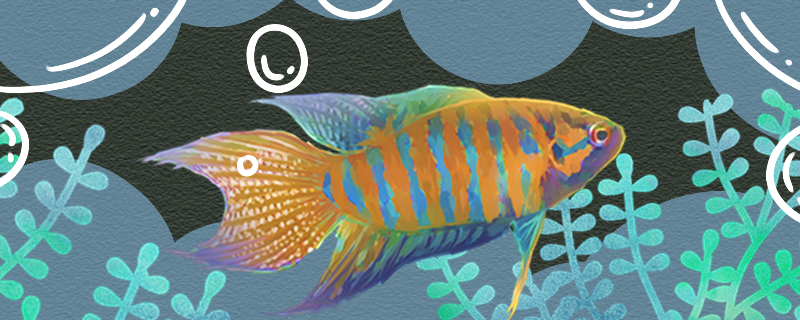
The Bodhisattva fish is a relatively easy fish to raise. They do not require high water temperature, as long as the water temperature is kept above 10 C, they can survive. They do not require high food, food habits are more complex, animal feed and plant feed can be eaten. When they lack dissolved oxygen in water, they can swim to the surface and breathe air directly, so they do not have much requirement for dissolved oxygen concentration in water. So on the whole, they are relatively easy to raise.
1. Fish tank: When raising Bodhisattva fish, it is recommended to use a fish tank of moderate size. For monoculture, a tank with a length of more than 30 cm, a width of more than 20 cm and a height of more than 25 cm can be used. If you want to mix the fish, you should use a larger tank.
2. Water temperature: Bodhisattva fish can survive in water above 10 ℃, but the favorite water temperature range is 20-25 ℃. When breeding, it is recommended to keep the water temperature between 20-25 degrees Celsius, which can make them grow better.
3. Water quality: They do not have too high requirements for water quality, and can survive in both weakly acidic and weakly alkaline water. In practice, they can be raised with tap water that has been exposed to the sun for 1-2 days. Such water is easy to obtain and can meet their growth needs, which is recommended.
4. Feeding: They have a mixed diet. When breeding, they can be fed with animal feed, such as red worms, nematodes, etc., together with artificial fish food and plant feed. The frequency of feeding should not be too high, feeding once or twice a day is OK.